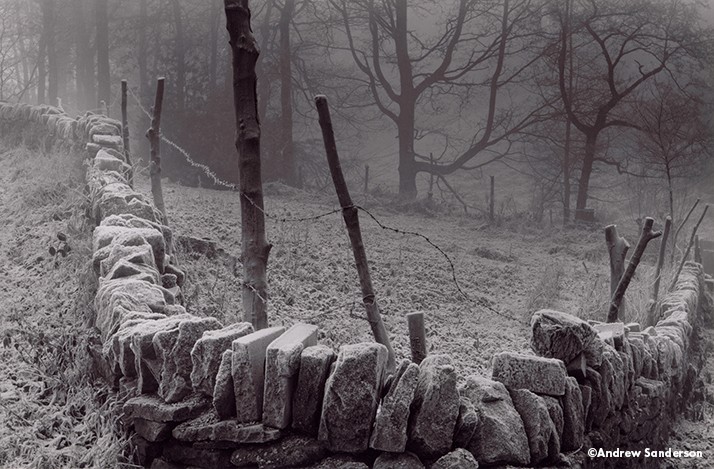Warfarin
No longer a newbie, moving up!
- Joined
- Aug 7, 2021
- Messages
- 422
- Reaction score
- 299
- Location
- Utah
- Can others edit my Photos
- Photos OK to edit
Canon AE-1 Program Ilford PanF 50


Not sure I like this film. I have used this camera before and the color photos came out fine so it's not the meter. But they all seemed under-exposed. The shots of buildings came out fine but the landscape stuff had very little detail. Is this normal for this film? I have a couple more rolls any suggestions how to get the best from it? Thanks
Not sure I like this film. I have used this camera before and the color photos came out fine so it's not the meter. But they all seemed under-exposed. The shots of buildings came out fine but the landscape stuff had very little detail. Is this normal for this film? I have a couple more rolls any suggestions how to get the best from it? Thanks






![[No title]](/data/xfmg/thumbnail/41/41891-e5bba75ac5ce57c6892ade4cfc3f7d4c.jpg?1734176244)






